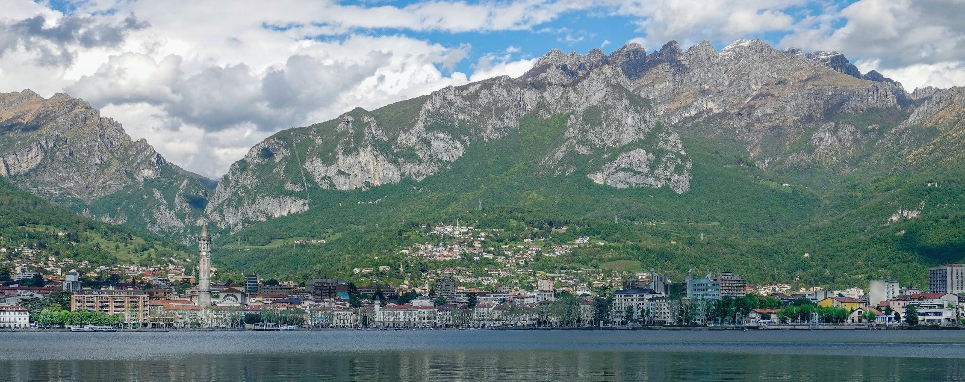Speaker
Description
Superluminous supernovae (SLSNe) are a fascinating population of stellar explosions. They are too luminous ($M<-21$) to be powered by the decay of radioactive $^{56}$Ni, the canonical power source of normal Type Ia and Ib/c SNe, but numerous studies based mostly on conventional photometry and spectroscopy have not yet been conclusive on the nature of the physical mechanism. Here I show that the spectroscopic and polarimetric properties of the most nearby hydrogen-poor superluminous supernova (SLSN-I), SN2018bsz at $z=0.027$, are highly unusual for its class. While its spectroscopic evolution closely resembles SLSNe-I, the multi-component H$\alpha$ profile appearing at $\sim25$ d post-peak is the most atypical. The H$\alpha$ is at first characterised by two emission components, one at $\sim+3000$ km/s and a second at $\sim-7500$ km/s, with a third, near-zero velocity component appearing after a delay. Spectropolarimetry obtained before (10.2 d) and after (38.4 d) the appearance of the H lines show a large shift on the Stokes $Q$ - $U$ plane consistent with SN2018bsz undergoing radical changes in its projected geometry. Assuming the SN is almost unpolarised at 10.2 d, the continuum polarisation at 38.4 d reaches $P \sim1.8\%$ implying an aspherical configuration. The observed evolution of SN2018bsz can be explained by a disk-like circumstellar material (CSM) with several emitting regions. After the SN explosion the CSM is quickly overtaken by the ejecta, but as the photosphere starts to recede, the different CSM regions re-emerge producing the peculiar line profiles. The emerging CSM also affects the shape of the photosphere explaining the drastic change in the polarisation properties. The presence of CSM has been inferred previously for other SLSNe-I, both directly and indirectly. However, it is not clear if the rare properties of SN2018bsz can be generalised for SLSNe-I, for example in the context of pulsational pair instability of the progenitor star, or if they are the result of an uncommon evolutionary path possibly involving a binary companion.

